All mammals are susceptible to haemolytic anaemia caused by poisoning from eating any member of the onion (Allium) family except garlic which is safe and useful. Cats are the most sensitive with dogs coming a close second. Humans are the most resistant and enjoy consuming onions almost daily.
It is the close proximity between humans and their pet dogs and cats that make onions particularly dangerous. People love to share their snacks and meals with pets. Disguised in various cooked and processed forms, dogs and cats inadvertently consume the onions hiding inside with often fatal consequences.
Onions make our eyes water
Pets would naturally avoid all toxic foods in their raw state. The smell is enough of a warning to our sensitive friends. When an onion is cut or bitten, the freshly exposed organosulphides are converted to a complex mixture of sulphur-containing organic compounds. These cause humans’ eyes to water and automatically prevent dogs and cats from eating them.
Sadly, these compounds are equally toxic when cooked and processed and are rapidly absorbed through the gastrointestinal tract. They are metabolized to highly reactive oxidants (free radicals) which cause serious damage to the red blood cells (erythrocytes). The result is Heinz body haemolytic anaemia.
The most toxic of these organosulphur compounds seem to be n-propyl disulphide and sodium n-propylthiosulphate although all of them have been implicated in onion induced haemolytic anaemia. They are described as cumulative toxins but in fact, it is their effect that is cumulative rather than the organosulphur compounds themselves.
The effect of onion toxicity is cumulative
In dogs and cats, eating a little bit of onion every day causes increasing numbers of red blood cells to be damaged. If they cannot be recycled and replaced faster than they are being damaged, the situation worsens and the damage is cumulative, with every bit of onion contributing more toxins and more damaged red blood cells.
If a lot of onion is consumed in one go, the toxic effect is drastic. If the animal survives this severe haemolytic anaemia, the red blood cells (erythrocytes) can be replaced in the bone marrow as long as no further onion is consumed.
Interestingly, garlic is considered to be less toxic to dogs and cats than onion, when used in moderation. Garlic contains very little of the toxic organosulphur compounds (thiosulphate and disulphide). This explains its safe use in health promotion and parasite control over the centuries. The key is moderation.
How do these compounds damage red blood cells?
These toxic organosulphur compounds are very potent free radicals, oxidizing everything they can. Once absorbed from the gut into the blood, they rapidly damage erythrocyte cell (red blood cell) membranes and the haemoglobin inside. Antioxidants neutralise free radicals by giving them an electron, but then they need to be repaired before they can work again. This repair is stopped by the toxic onion organosulphur compounds. Red blood cells have two antioxidant mechanisms to protect them from free radical attack: catalase and glutathione.
What's the problem with dogs and cats?
Dogs have very low levels of catalase antioxidant activity in their erythrocytes and so are almost entirely dependent on glutathione, rendering them vulnerable to onion toxicity. Cat haemoglobin is 2-3 times more susceptible to free radical damage (oxidation) than any other species, which explains their acute sensitivity to onion toxins.
Now for the science bit...
Antioxidants like glutathione work by donating an electron to the free radical, thereby neutralizing it. The antioxidant itself then becomes oxidized and needs to be repaired by various hydrogen donating pathways so it can get back to work, neutralizing more free radicals.
Within the erythrocytes, the repair of glutathione (the antioxidant) depends on an enzyme called D6PD. The onion toxins prevent this enzyme from working, so the antioxidant capacity of the affected red blood cell is severely hindered. So these free radical onion toxins wreak havoc inside erythrocyte, damaging the haemoglobin and preventing the red blood cells from carrying oxygen, their primary role.
The damaged haemoglobin segments stick to the inside of the erythrocyte cell membrane in clumps called Heinz bodies. These can be easily seen under a microscope and give rise to the descriptive name of Heinz body anaemia.
The Heinz bodies are cut out of the damaged erythrocytes by macrophages in the spleen. It looks as though a bite has been taken out of the erythrocyte doughnut! So they are appropriately named ‘bite cells’. Released back into the blood stream they continue their job of oxygen transport, albeit at a less efficient rate.
How much damage do onions do?
The more onion is consumed, the more damage is done. On average, animals consuming more than 0.5% of their bodyweight are likely to be seriously ill. Cats are uniquely sensitive and suffer severe onion toxicity after consuming 5g/kg. That’s 25g or teaspoons of onion for the average 5 kg cat. Sounds like quite a lot doesn’t it, but remember, this can be spread over a number of weeks.
Dogs suffer serious damage after eating 15-30g/kg, so a 5kg Yorkie would be very ill after eating 75-150g onion, whereas a 30kg Labrador gobbling up 450-900g onion would suffer the dreadful consequences.
Remember, this doesn’t all have to be eaten in one go! Accumulating this amount over a period of time by eating a little and often has similarly dire consequences. It'll probably be less severe as the animal has a chance to repair some of the damage before the next intoxicating event.
An example of a toxic event
So let’s put this in context. A Labrador eating an entire bag of onion rings is going to be pretty sick. A Yorkie eating the same, if it could, would most likely die.
This refers to all types of onion.
- Cooked onions
- Raw onions
- Fried onions
- Dried onions
- Powdered onions
- Onions hiding in soups, baby foods, snacks and nearly all "ready meals".
Some dogs and humans suffer from a hereditary deficiency of the essential enzyme G6PD. They a clearly at increased risk of onion poisoning. The Japanese breeds Akita and Shiba are particularly vulnerable.
Never forget - Prevention is better than cure
Make sure none of your pets can reach anything that might contain traces of onion or any of the Allium family (leeks, shallots, chives) ... but garlic is different.
Is Garlic safe when treating parasites?
Garlic is nothing like as toxic to cats and dogs as onion and the other members of the Allium family (leeks, chives, shallots, onions), which is why it has safely been used as a very effective parasite remover for centuries. It contains barely any of the toxic thiosulphate and disulphide organosulphur compounds, which is why chopping it doesn’t irritate the eyes with the resultant excessive lacrimation.
Raw garlic contains allicin and ajoene which effectively kill all parasites, internal and external. This magic ingredient is missing from dried or powdered garlic, aged garlic extract, garlic in oil and distilled garlic oil, all of which are thus ineffective.
Freshly chopped, crushed or pressed, and used between 5 and 60 minutes afterwards, the garlic can be added to food to expel intestinal worms and repel external parasites like ticks and fleas.
It takes about 5 minutes for the active allicin and ajoene to become active once the cells have been opened. After an hour, their activity drops dramatically. Thus prepared, garlic can also be used topically to treat specific problems, but remember that it will probably be licked off, so don’t overdo it!
Garlic has been used for centuries to improve health as its properties include:
- Anti-viral
- anti-bacterial
- anti-fungal
- anti-inflammatory,
- anti-protozoan
- helps to prevent allergies and cancer.
It reduces the viscosity of blood and reduces high blood cholesterol, a human problem that is being increasingly diagnosed in dogs.





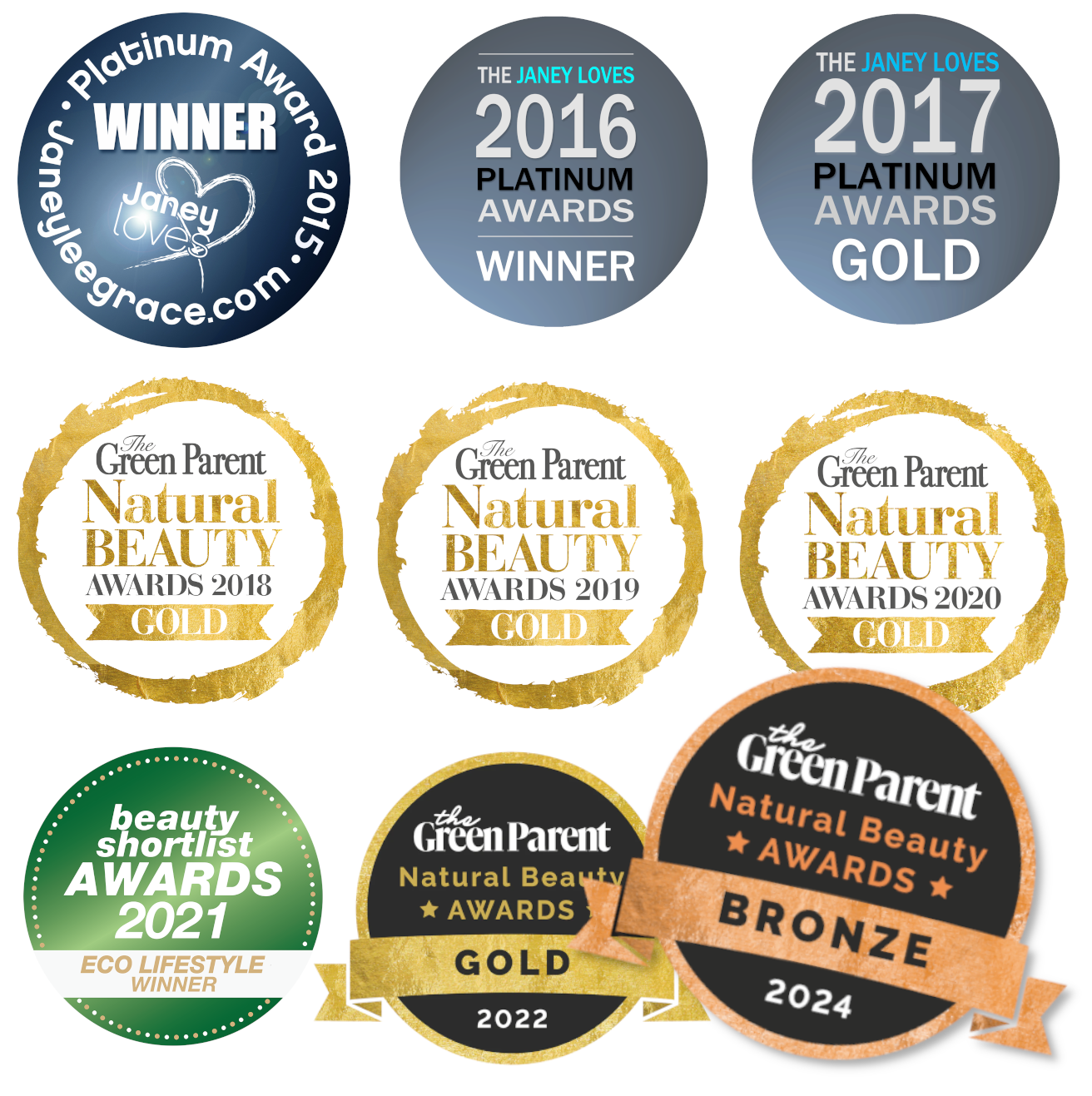
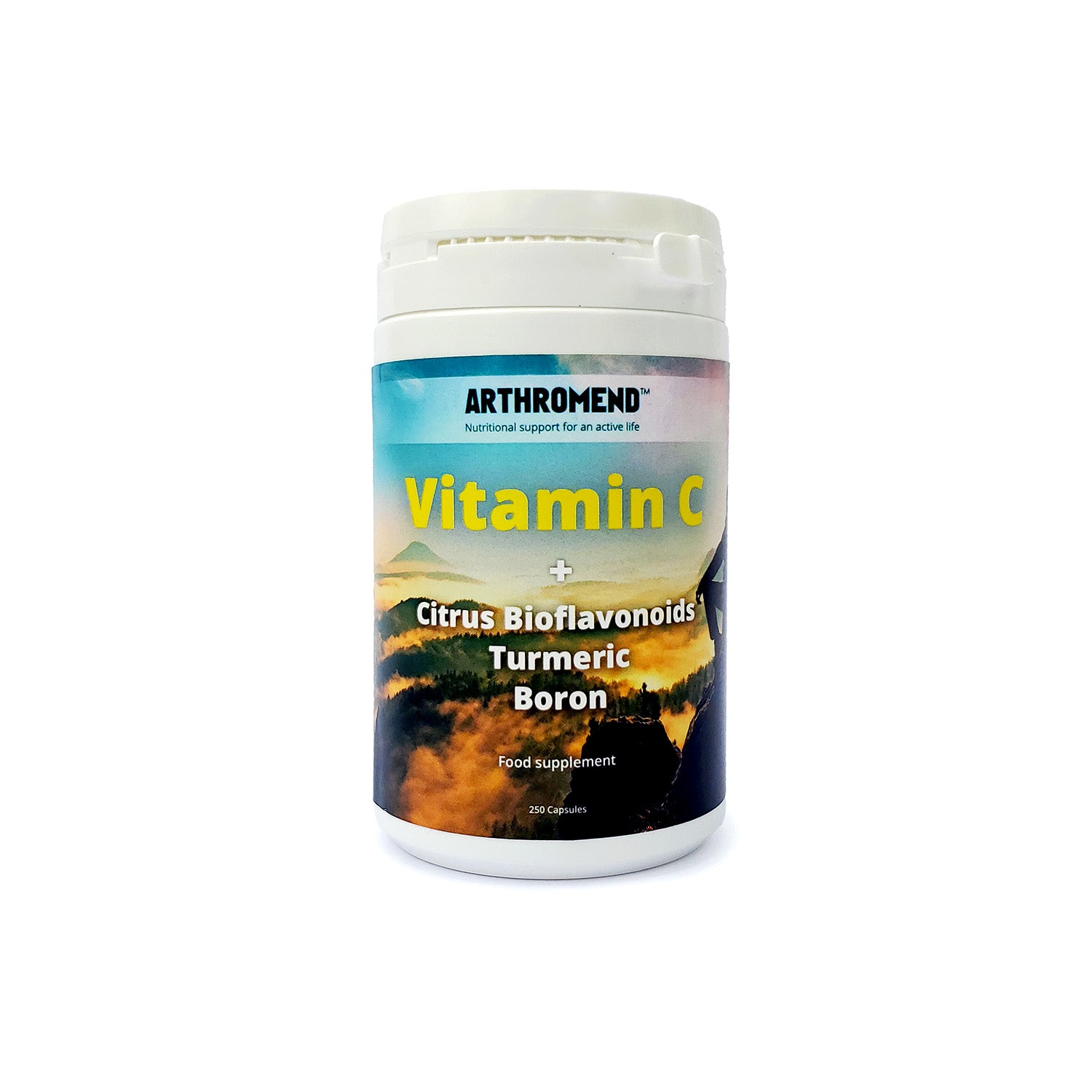
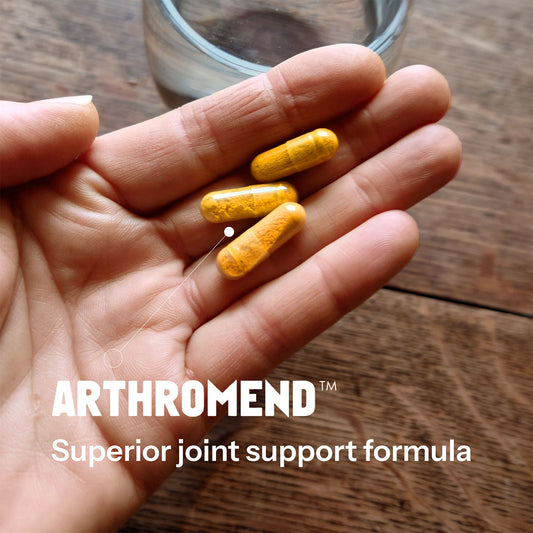
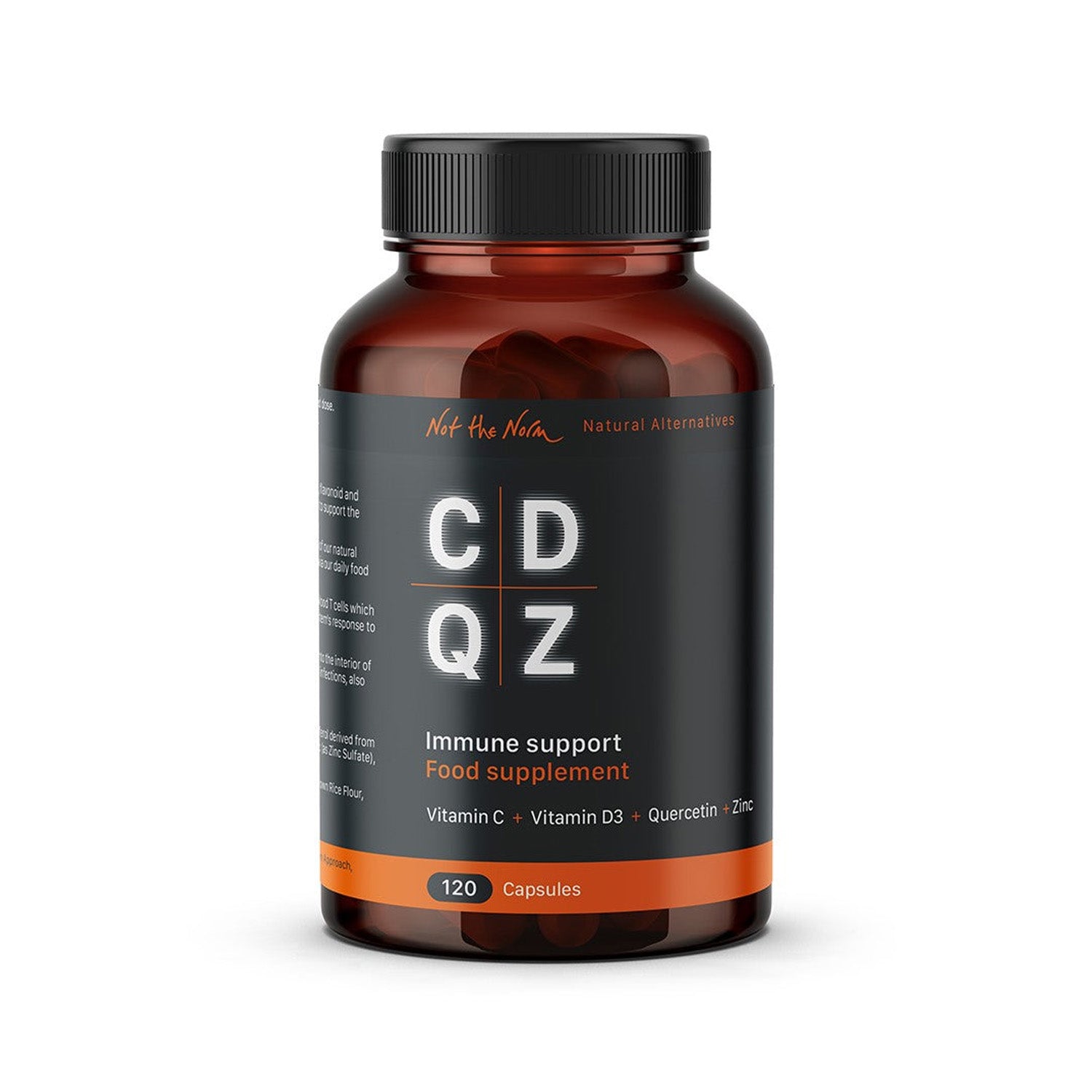
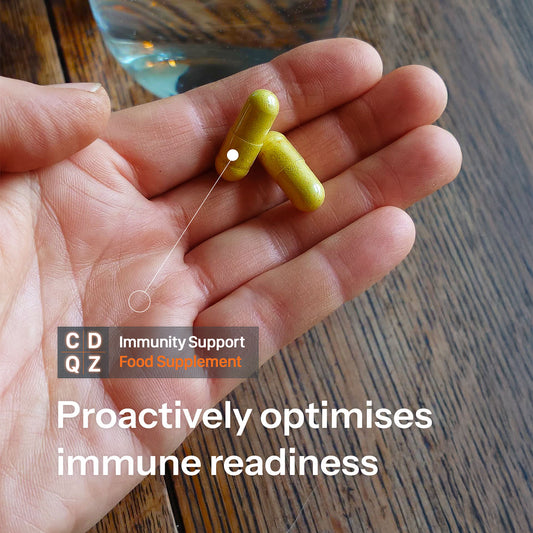
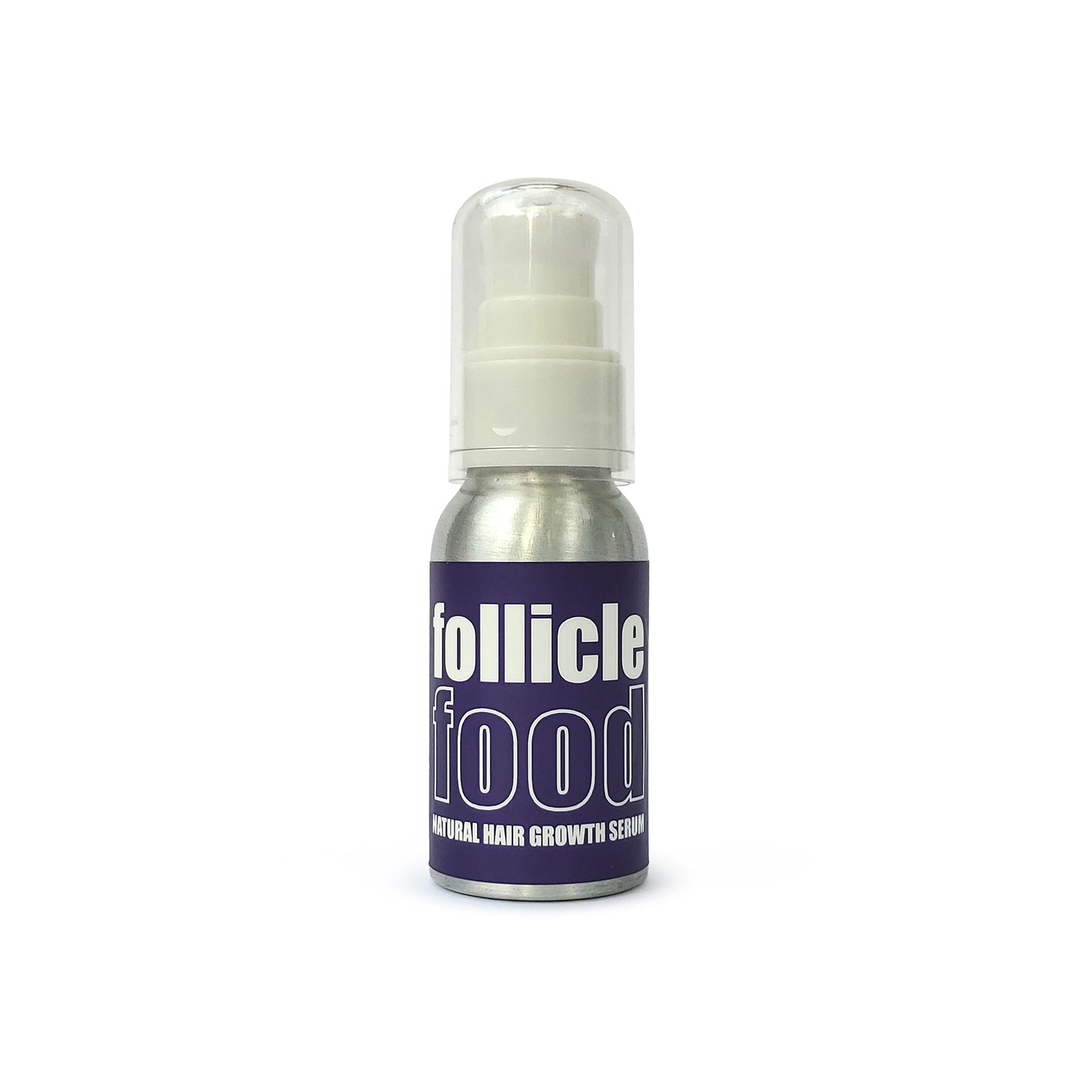

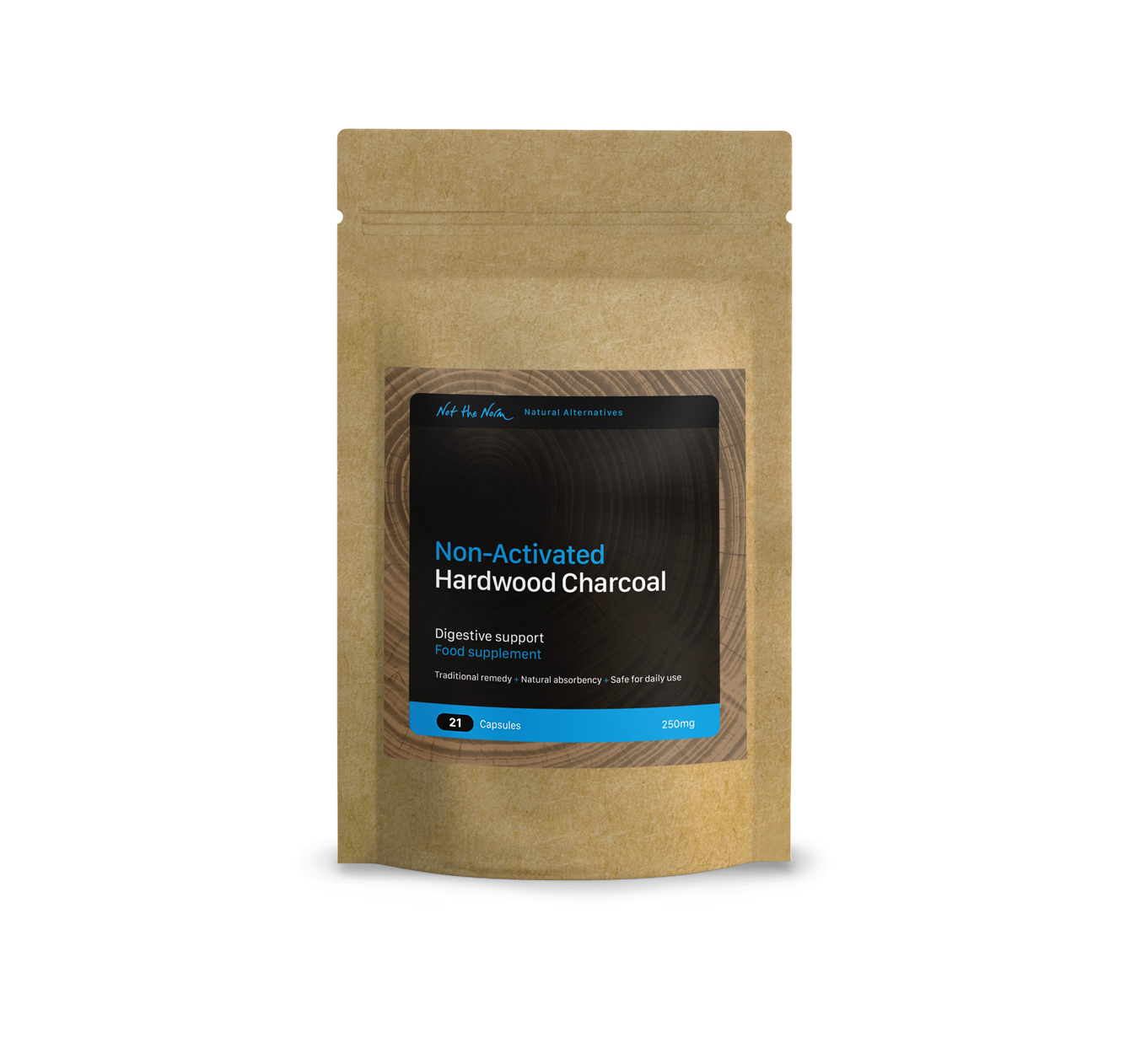
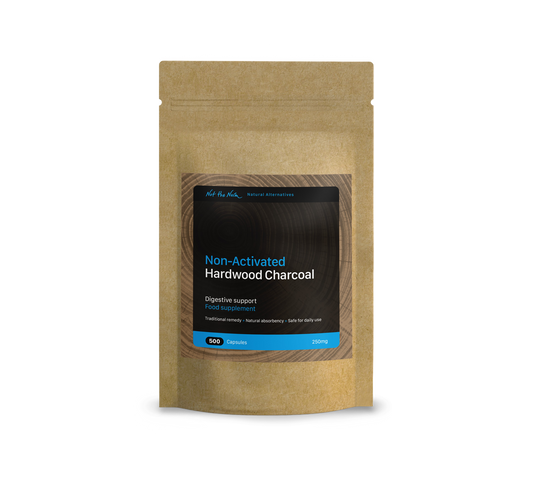
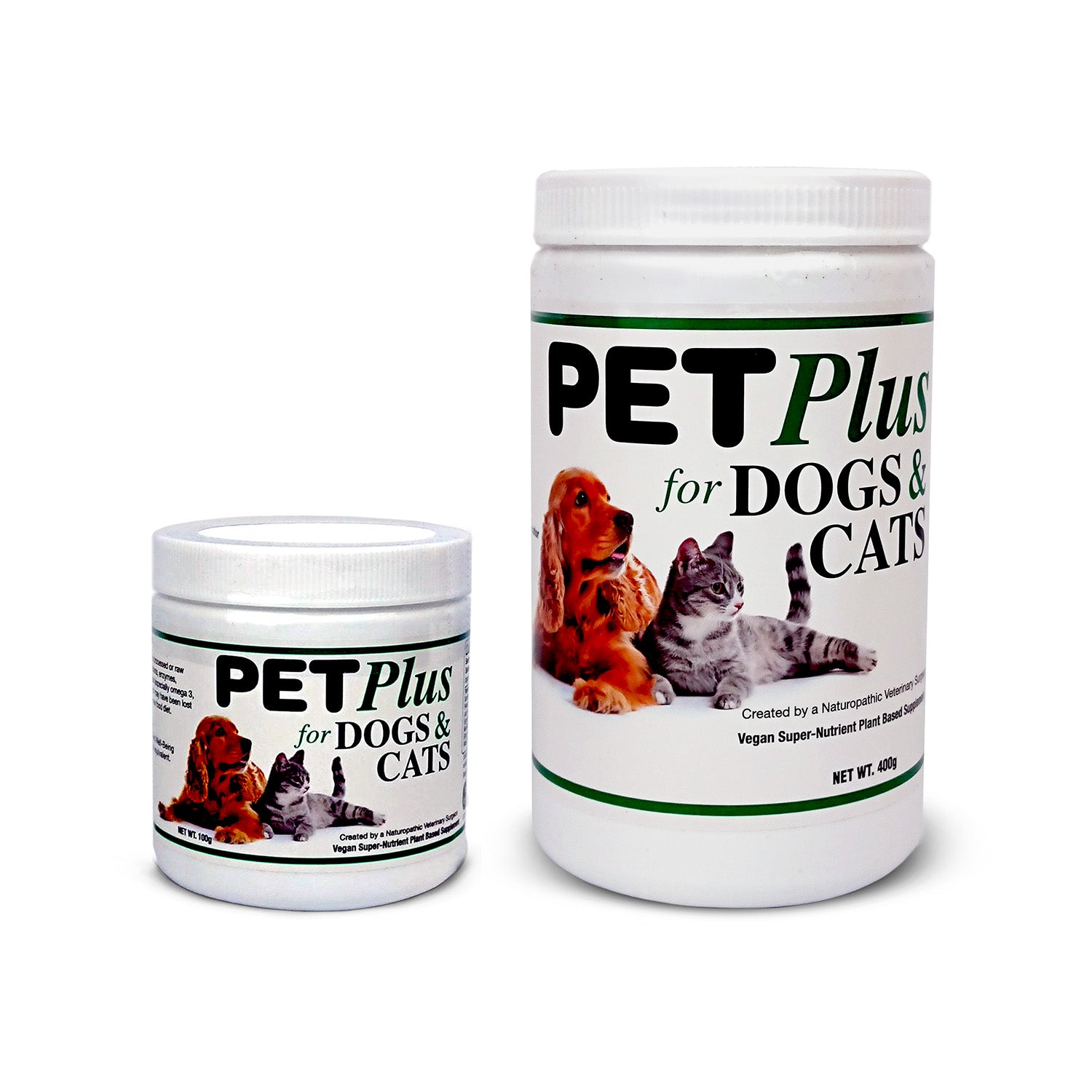
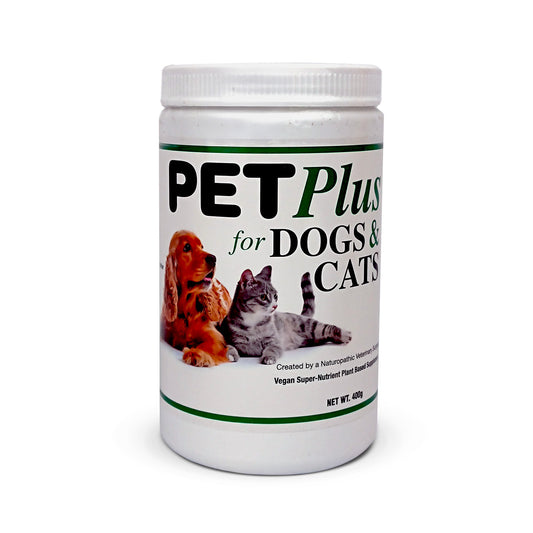
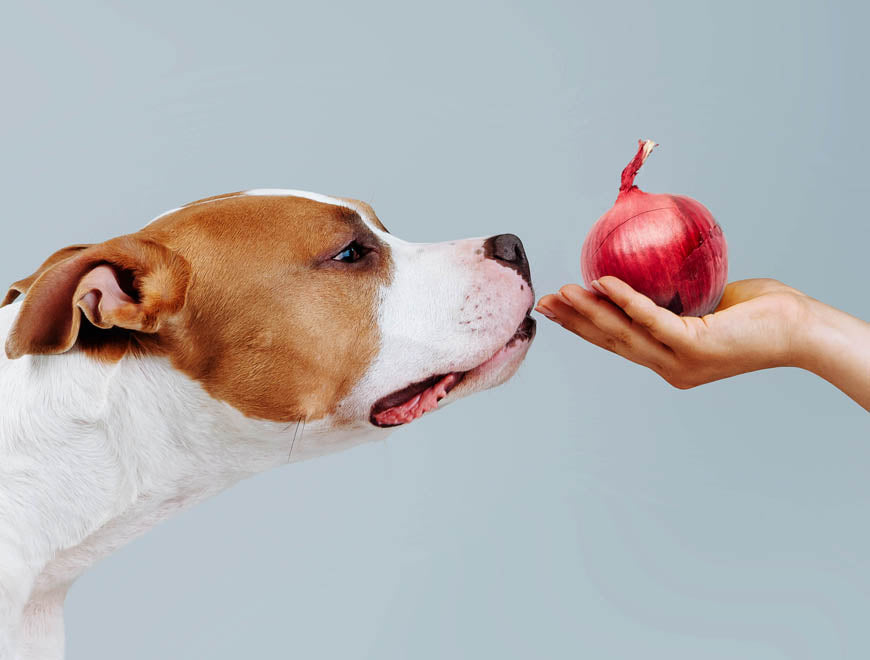
1 comment
Curious if dogs and cats can eat onions or garlic? Discover why these common kitchen ingredients can be harmful to your pets and keep them safe with expert tips from Not The Norm!